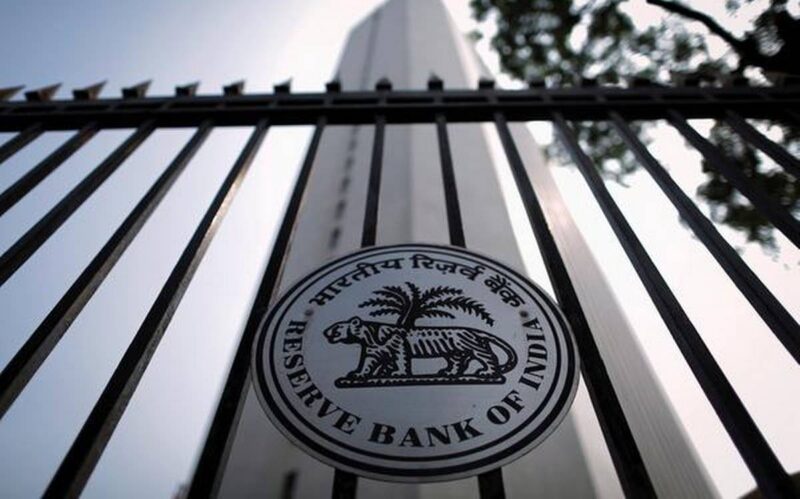Resistance tests revealed that raw assets of banks (GNPAS) could jump from 6.9% in September 2021 to 8.1% in September 2022 in the basic scenario and 9.5% under a scenario Serious stress, the India Reserve Bank (RBI) said in its financial stability report on 29 December.
The programmed commercial banks would, however, have sufficient capital, both at the global and individual levels, even under stress conditions, the report indicated.
The FSR reflects the collective assessment of the Subcommittee of the Financial Stability and Development Council (FSDC) on the risks associated with the financial stability and resilience of the financial system.
In the future, emerging stress signs in micro, small and medium-sized enterprises (MSME), as in the microfinance sector, call for close monitoring of these portfolios in the future, the FSR report said.
At the national level, the progress made in immunization has allowed the recovery of traction after the second wave of the debilitating pandemic of the pandemic, has announced the report of the FSR.
However, there are signs of slower pace more recently, the report said. In addition, the business sector acquire the strength and growth of bank credit improves.
On a positive note, the capital-weighted asset ratio (CREVALON) ratio (SCS) increased to a new 16.6% peak and their provisioning coverage ratio (PCR). at 68.1% in September 2021, the report indicated.
In addition, the global economic recovery loses the dynamics in the second half of 2021 in the face of the resurfacing of COVID-19 infections, the new Omicron variant, supply disturbances and bottlenecks and high inflationary levels, the Report noted.
In addition, changes in monetary policy positions and actions between advanced economies and emerging market economies have contributed to the weakness of the global economy, added the FSR report.
